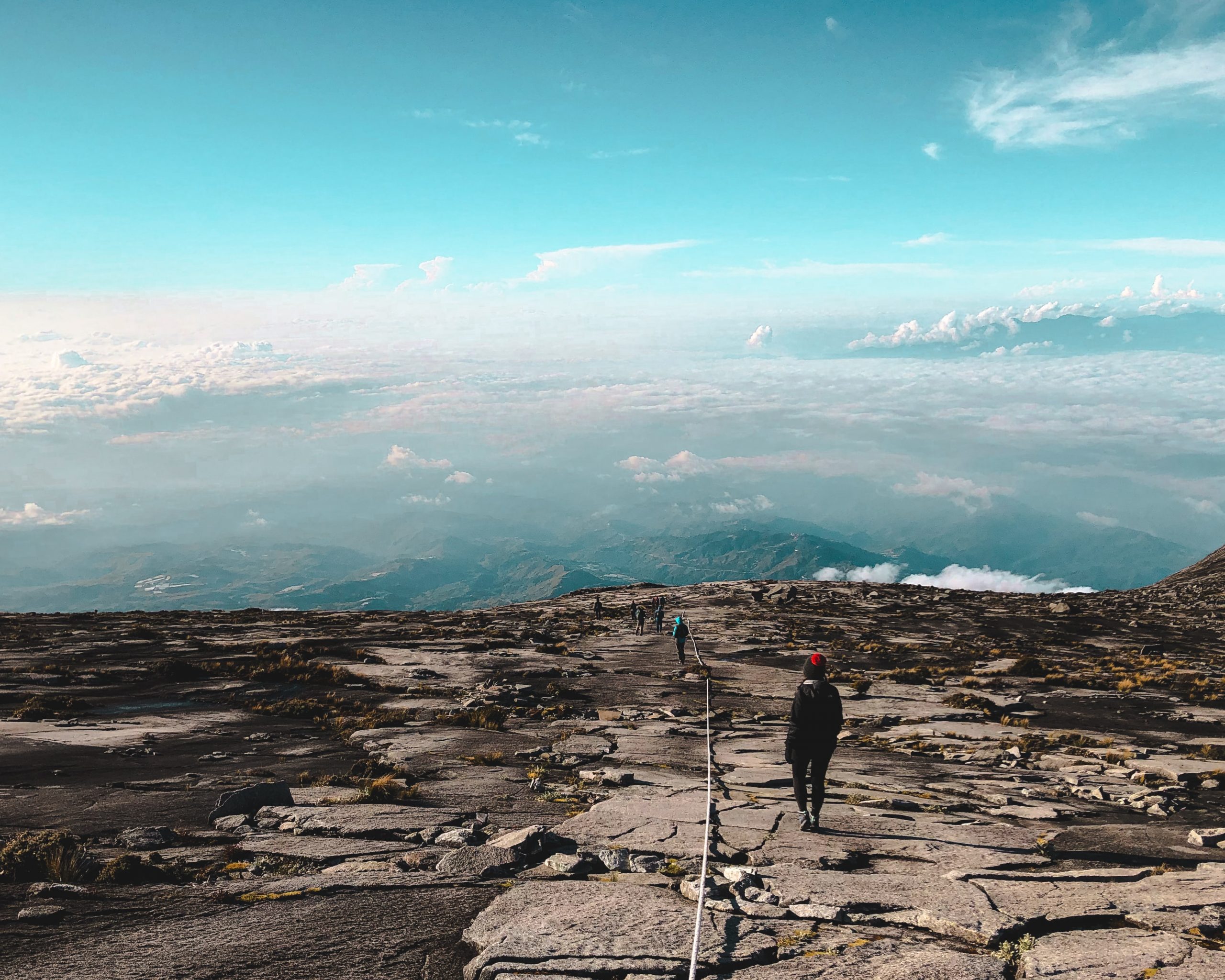
Sandakan Memorial Park, Sabah
Last updated on April 22, 2020| by dva.gov.au
History
The Sandakan Memorial Park commemorates a tragedy and an atrocity. The tragedy was the death, between January and August 1945, within sight of Allied victory in the Pacific War, of approximately 2,400 Australian and British Prisoners of War held by the Japanese in the Sandakan POW camp, North Borneo. The atrocity was the manner of the death inflicted upon them by their captors – starvation, overwork, beatings and punishments and the forcing of over 1,000 sick and weak POWs on three marches under brutal physical conditions.
In 1942 and 1943 the Japanese brought to Sandakan about 2,700 Australian and British POWs, the great majority of whom had been captured at the surrender at Singapore in February 1942. They were used as a labour force to build a military airstrip. In late 1944, as the Allies advanced in the Pacific, the airstrip was bombed and destroyed. Early in 1945 the Japanese decided to move the POWs 260 km west into the mountains to the small settlement of Ranau. On three forced marches between January and June approximately 500 prisoners died. The remainder died at the Ranau and Sandakan camps.
Of all those who had been alive in January 1945, by the end of August only six – all Australians – survived. Two of the six escaped into the jungle during the second march in June 1945. Assisted by local people, they were eventually picked up by Allied units. Another four escaped from Ranau in July and again, with the help of local people, were fed and hidden from the Japanese until the end of the war.
Today the POW dead, whose bodies were recovered, are buried in the CWGC’s Labuan War Cemetery. Those who could not be identified or who have no known grave, are commemorated on Memorials to the Missing at Labuan and Singapore.
Memorial
The Memorial Park is on the site of the Sandakan prisoner of war POW camp. Within the park a commemorative pavilion holds educational material and includes a scale model of the original POW camp. A path winds through the park past preserved wartime relics. Signs and seats around the pathways provide rest points, and at points of significance there are numbered posts linked to the park brochure providing information on the former POW camp. The brochure may be obtained from the pavilion.
An obelisk of black granite commemorating those who died is also located within the park and is the venue for various events including the annual Anzac Day, 25 April, and Sandakan Day 15 August services.
The motif used in the Park depicts flowers representing people of the three nations who suffered at Sandakan during the Second World War. The design is taken from the stained glass window created by Australian glass artist Robin Seville within the pavilion and is repeated on the granite memorial and decorative gates.
Audio Guide
An audio guide, developed in consultation with ex-prisoners of war, Sandakan family members and historians, incorporates first-hand accounts of the camp. The guide takes visitors on a tour of the Park, bringing the story of Sandakan to life.
Visitor information
Sibuga Forest Reserve, Jalan Labuk, Mile 7 Sandakan
Commemorative pavilion with information & scale model of POW camp
Open 9-5pm, 7 days
Trail past items of interest
Brochure at pavilion
Site Manager
Mrs Doris Wong on behalf of the OAWG.
Friendship Windows at St Michael and All Angels
Family and friends of those who died at Sandakan raised funds to install stained-glass Friendship Windows, at the Anglican Church of St Michael and All Angels, Sandakan. These are open to the public for viewing, from 2.30-3.30pm, Mondays to Saturdays.
Surrender Point Memorial, Labuan Island
On 10 September 1945, Lieutenant-General Masao Baba, Commander of the 37th Japanese Army surrendered to Major General George F Wootten of the 9th Australian Division at Surrender Point, one of several such ceremonies that concluded the war in the Pacific in the Second World War.
The Surrender Point Memorial on Labuan Island is on the site of the surrender. It is set in a small park near Timbalai overlooking the South China Sea on the western side of Labuan Island.
Regrettably this memorial has been vandalised.
The Office of Australian War Graves is currently in consultation with the Labuan Corporation for options for a significant refurbishment of this site.








